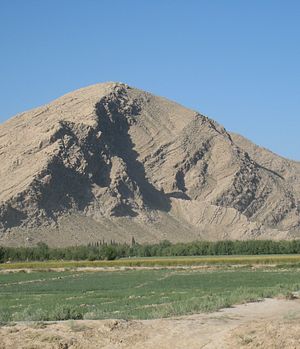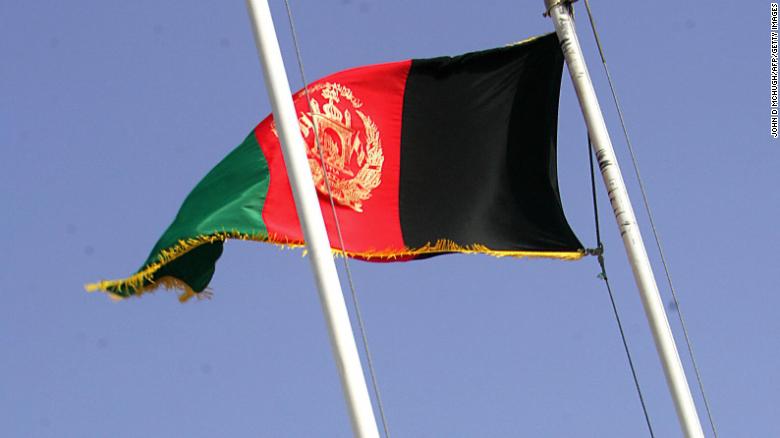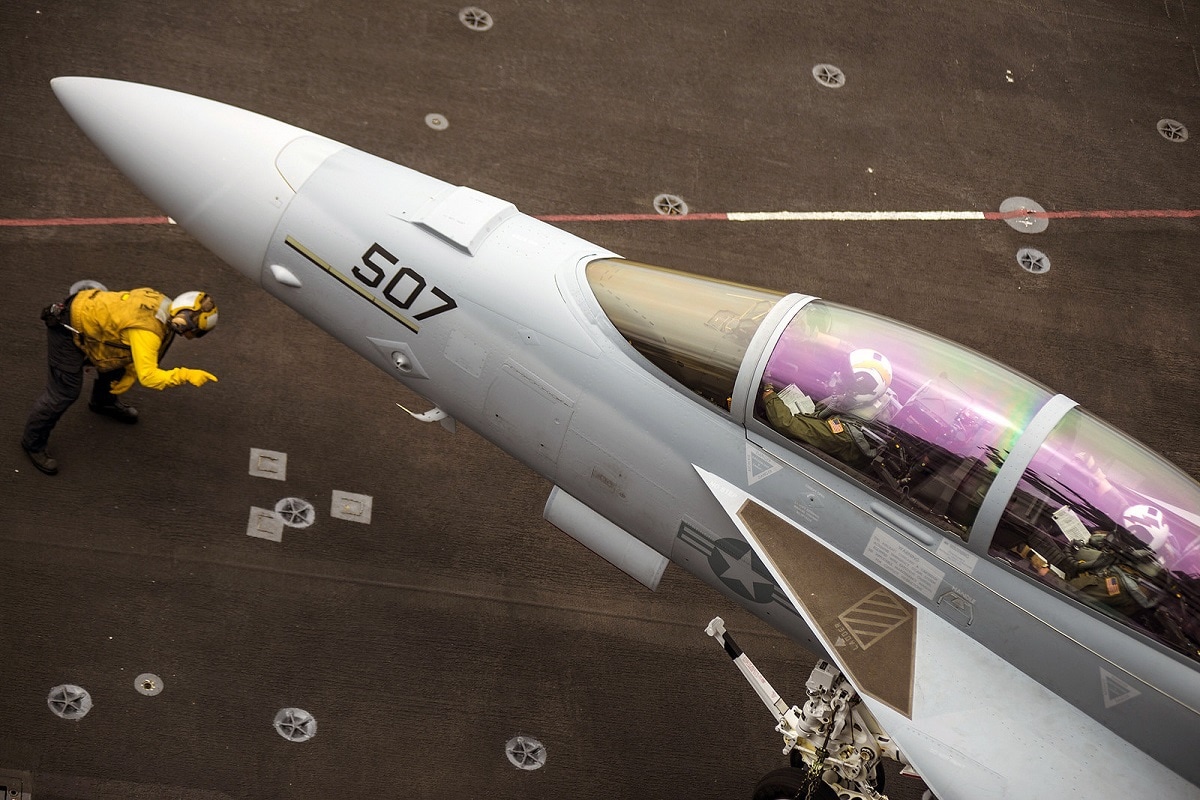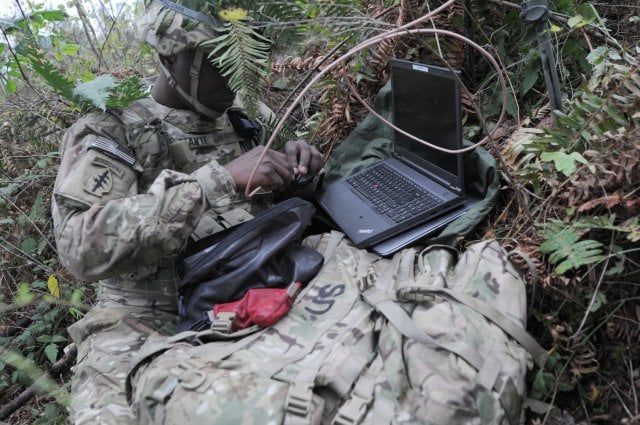By Archana Chaudhary
India is mulling a new national strategy to strengthen the country’s cybersecurity amid allegations that Chinese intrusions may have affected operations at a key stock exchange and supply of electricity in the country’s commercial capital.
The plan will coordinate responses across ministries including Home Affairs, Information Technology, Defense and the National Critical Information Infrastructure Protection Centre in case of an attack and set audit procedures, former Lieutenant General Rajesh Pant, India’s National Cyber Security Coordinator, said in an interview. It will be approved by the cabinet committee on security headed by Prime Minister Narendra Modi.
Authorities are investigating a series of recent suspected cyber intrusions which could have led to a power outage in Mumbai, crippled systems at banks and caused a glitch at the country’s premier National Stock Exchange, he said. A report is expected in a few weeks.
“We also want to know what happened,” said Pant, who served in the Indian army and now coordinates India’s cyber intelligence and reports to the Prime Minister’s Office. He said the breaches were likely malware and couldn’t be classified as attacks without a proper investigation.



















